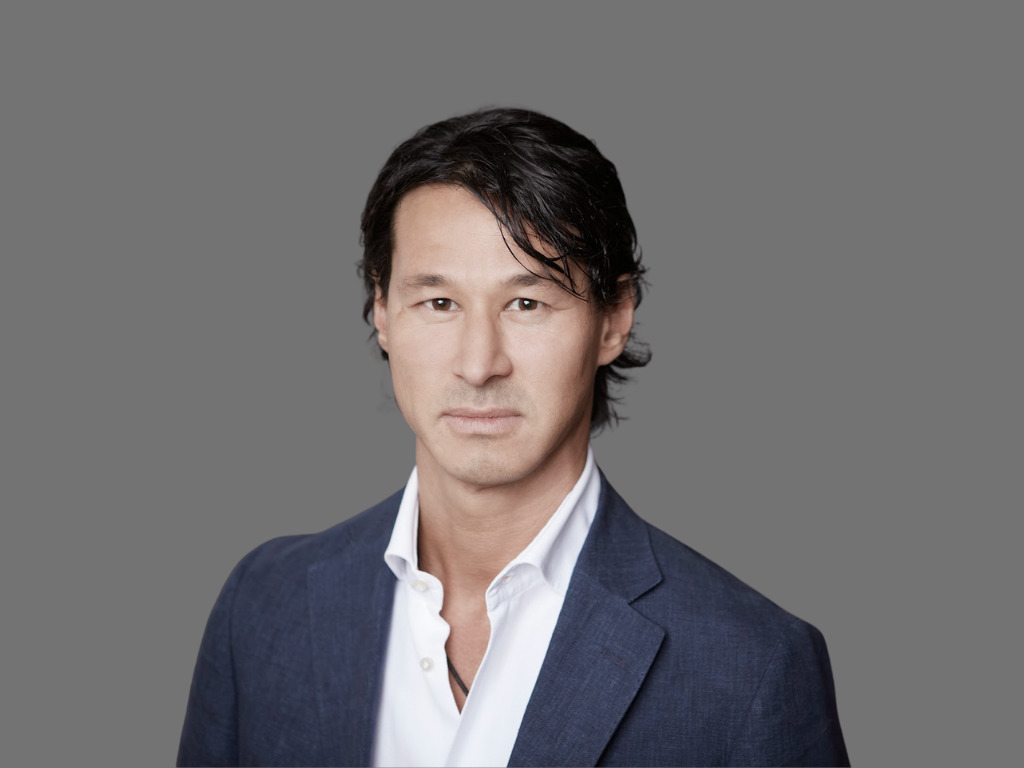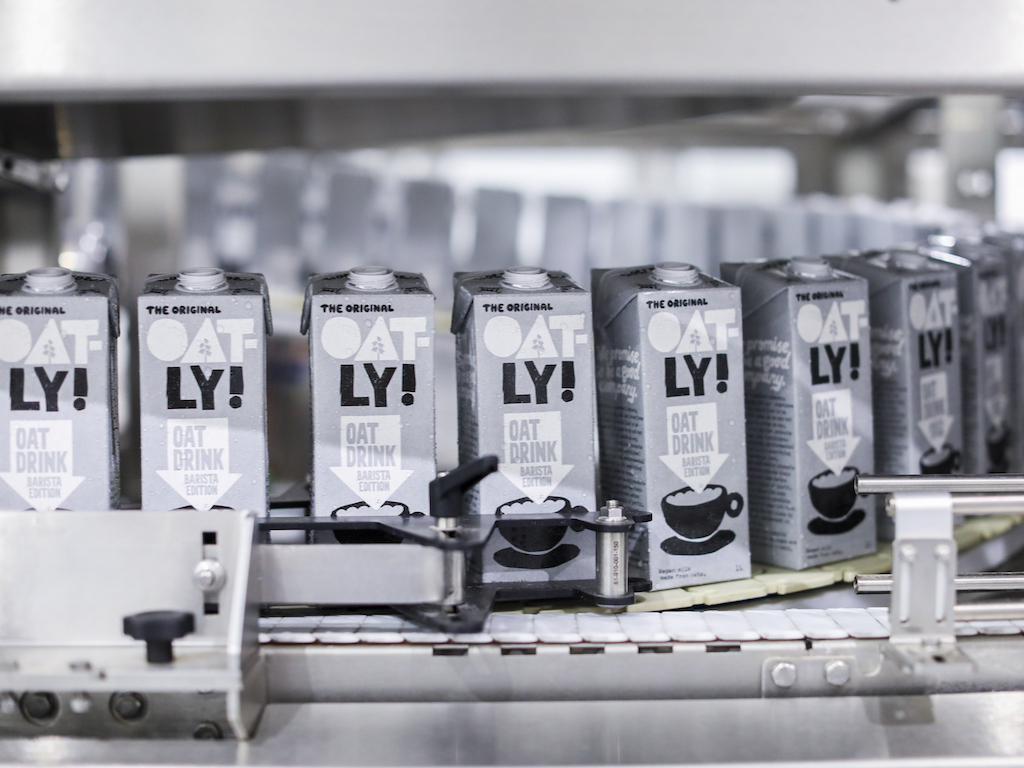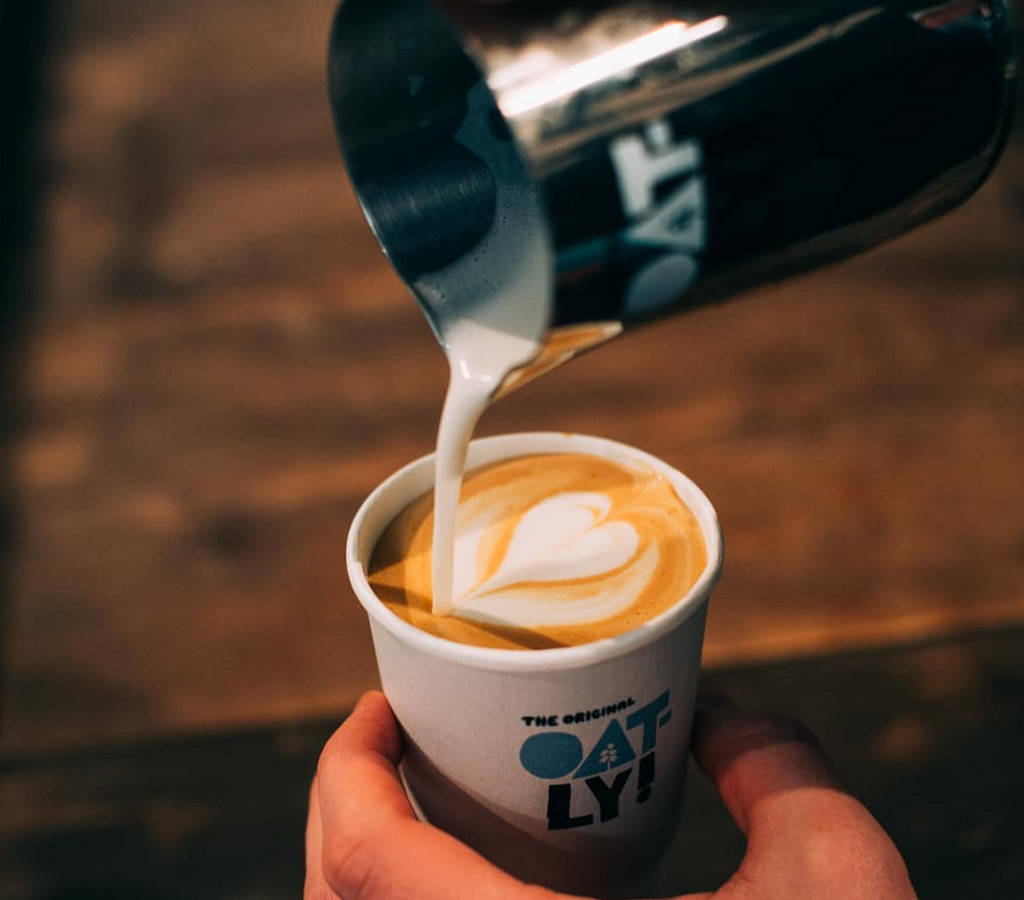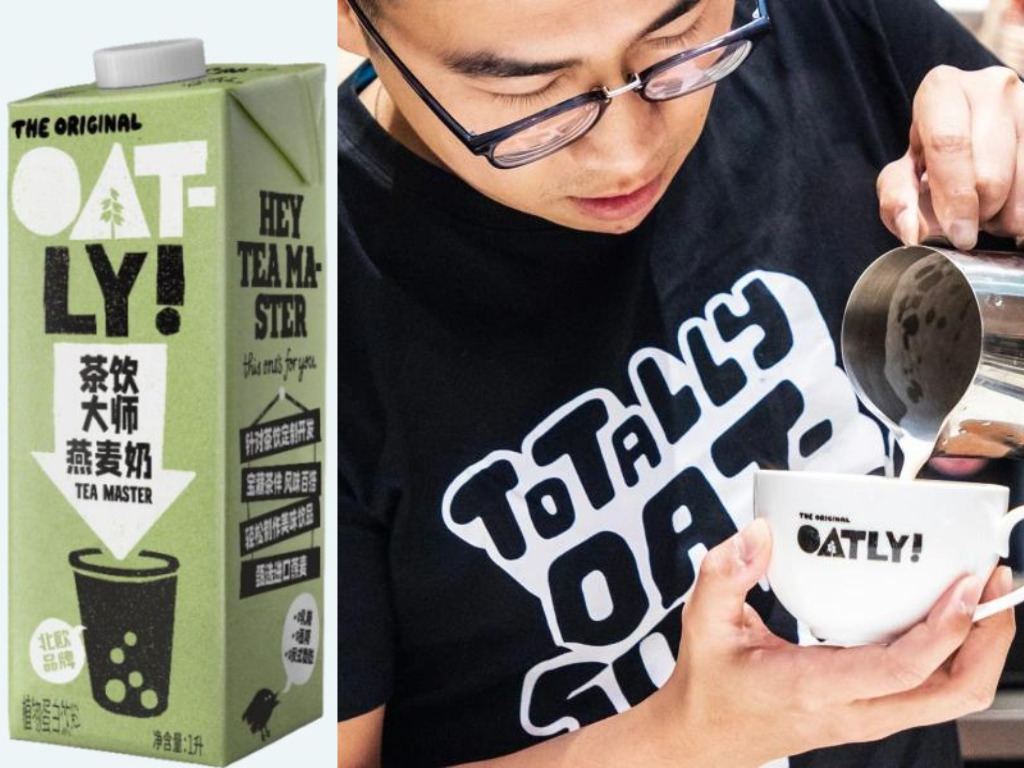Oatly’s Asia Takeover Continues and Its Tea Master Line Is Proof
4 Mins Read
Swedish oat milk brand Oatly is seeing strong growth in the Asian market. And with custom products like its Tea Master line, it shows no signs of slowing down.
“We delivered strong second quarter financial results with sales growth of 22 percent, or 30 percent in constant currency, despite several headwinds including COVID-19 lockdowns in China,” Toni Petersson, Oatly’s CEO, said in the company’s second-quarter earnings report released earlier this month.
“Profitability metrics improved compared to the first quarter of 2022 and we expect this trend to continue in the second half of the year,” Petersson said.

Oatly is nothing short of a global phenomenon—U.S. coffee shops and supermarkets can’t keep up with demand even despite a recent safety recall for the Barista blend. Forty-nine percent of Gen Z consumers say they are ashamed to order dairy in public; their substitute of choice? Oat milk.
The oat milk market is projected to reach $2.2 billion by 2026, with a CAGR of 6.2 percent. Recent category numbers collated by natural industry analytics firm SPINS show the U.S. plant-based milk sales grew by 6.4 percent to nearly $2.3 billion in the 52 weeks ending June 12, 2022, with oat milk dominating the growth, increasing by more than 50 percent in the last year, surpassing $527 million.
Know your audience
With its pervasive billboards and coffee shop devotees in the U.S., it certainly seems like no other market loves Oatly’s oat milk more. Enter: Asia.
Asia is Oatly’s fastest growing region, seeing a 66 percent year-on-year revenue growth. And while sales in the U.S. are currently stronger, the volume and rate of growth in Asia are telling. Ninety-four percent of Oatly’s revenue is coming from mainland China, Hong Kong, and Taiwan.
What’s even more telling: 82 percent of that revenue is coming from a single product—Oatly’s Barista edition, locally dubbed “Coffee Master.”

Like the product’s success in the U.S., Asian consumers are flocking to the dairy-free alternative. There’s good reason; around 90 percent of Asian people are lactose intolerant.
The company is now leaning into Asia’s love for tea with its Tea Master line in China, designed specifically for tea shops. “We estimate that the market size of boutique tea is twice that of boutique coffee,” Petersson said earlier this year.
“We are full of confidence in the success of (tea master) so far. We have also received strong interest and orders from other chain brands, and hope to expand this (product) platform in 2022 and beyond,” Petersson said.
Oatly’s Tea Master edition is now at more than 13,000 outlets and growing. The company has also rolled out smaller packaging to satisfy demand.
“In China’s milk market, 200 ml to 350 ml portable packaging is the most popular specification, which makes us excited to provide Oatmeal Milk products with similar specifications,” Petersson said.
Expansion and competition
Part of Oatly’s success in Asia has been its early market entry and bringing factories to the region to compete on cost and speed distribution.
According to Peter Bergh, chief operating officer of Oatly, the regional factories in Ma’anshan and Singapore are expected to continue to improve production capacity. “Our current expectation is that the Singapore plant will reach a stable state in the third quarter, while the Ma’anshan plant will continue to increase production capacity this year,” he said.

“The (factories) in Ma On Shan and Singapore enable us to launch new products, further enrich our product portfolio and achieve future growth in catering services, retail and e-commerce channels.”
Oatly’s vision is landing with the Asian consumer, but it’s not the only dairy-free option available. There are several competitors just in the oat milk category, such as Oatoat, Oat Planet, Oakidoki, and Singapore’s Oatside, which is ramping up for major expansion following its recent $65.5 million Series A fundraise.
For Oatly, though, it’s full steam ahead.
“As we expand and scale our more localized production footprint while remaining disciplined in our capital allocation, we are confident in our ability to achieve much better production economics and operating efficiencies, reduce our environmental impact, and achieve profitability,” Petersson said.
“Global consumer demand remains as strong as ever and we have a proven multi-channel strategy that we believe positions us well for long-term growth and profitability.”



